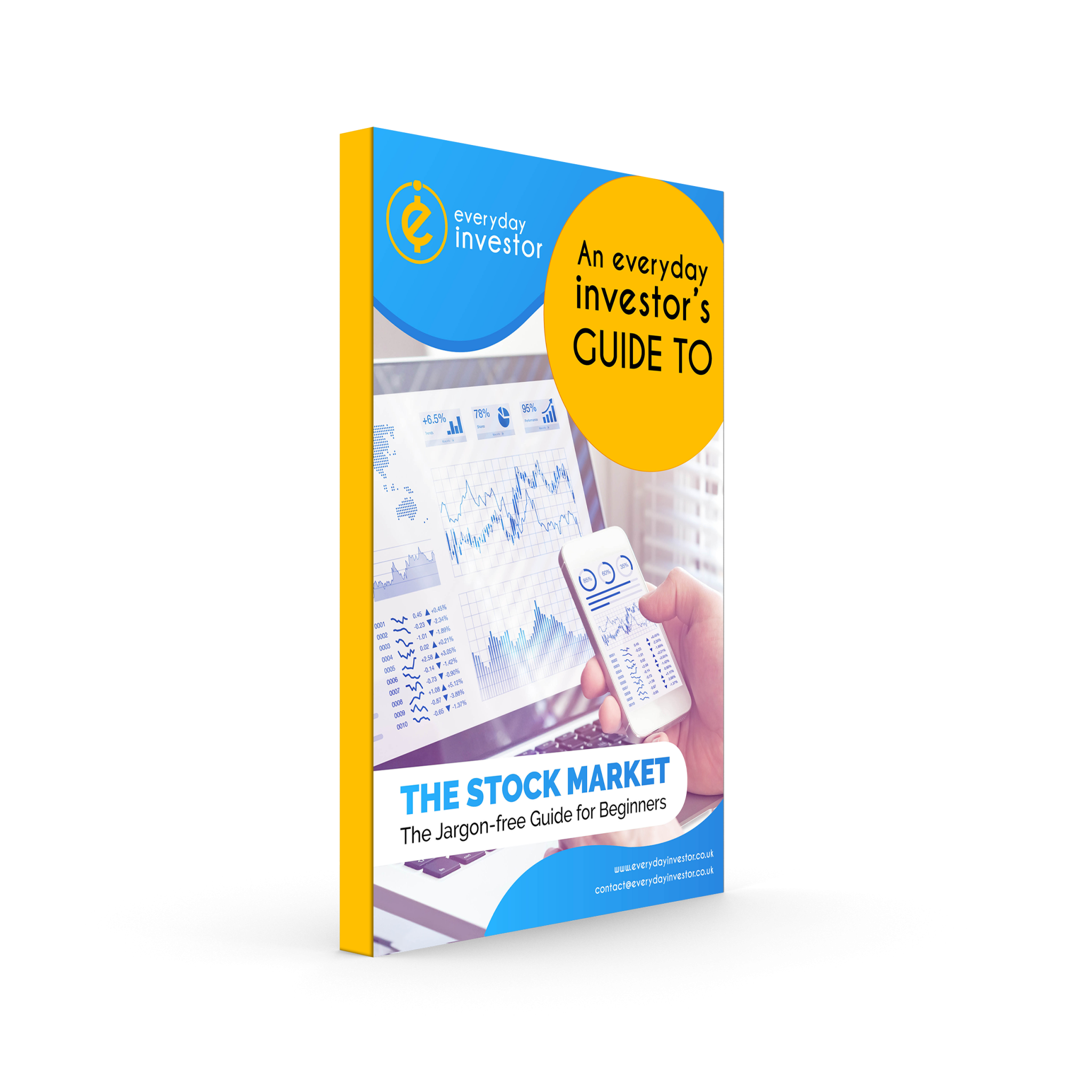Short selling vs. Long position
Short selling is one of two different and opposing strategies in stock market investing. Short-selling is often referred to as “going short”. On the other hand, we also have the long-term strategy or “going long” as it is commonly called.
A long position is one you are likely to be familiar with. This is where an investor buys shares and holds them. An investor does this because they believe the stock is going to rise in value over time. You might say they are playing the long-game.
However, taking a short position is the opposite, it is a trading tactic used by investors who believe the value of the stock is going to go down.
Short selling can have a significant impact on a company’s share price. Let’s take a took at how it works in more detail.
How does short-selling work?
In buying any share an investor is essentially betting on how they think it is going to perform. By buying the share they are typically either investing for growth and betting on the share price rising in value or investing for dividends and betting that the company will pay/continue to pay a healthy dividend. Noting the two are not mutually exclusive.
Short selling is also betting on how you think a stock is going to perform. It’s just in reverse. So, the investor is essentially betting on the price of the share going down.
Without diving too deep into the technicalities, taking a short position usually involves borrowing shares from a broker to sell. The investor sells the shares on the market at the current share price, then buys them back once the share price has fallen. The investor returns the borrowed shares to the broker and profits from the difference in original and current share price.
A worked example of short-selling
Let’s say an investor takes a short position on Company A’s shares.
They borrow 1000 shares from a broker and agree to return them by a set date. The investor then sells the shares at the current share price of £3 per share. This brings in £3000. They are now “short” as they owe the broker 1000 shares.
Over time, as the investor predicted, the share price falls. Once it has fallen to £2 per share, they decide it is time to close their position.
The investor buys back 1000 shares from the market at the current share price of £2 per share. Therefore, this costs them £2000.
They then return the 1000 shares to the broker they originally borrowed the shares from.
Through deploying this strategy, the investor has netted themselves £1000. This is the difference between the original income they received from selling the shares and the money they had to spend to buy them back (£3000 – £2000 = £1000 profit).
Whilst this is a rather simplified example that hasn’t accounted for any transaction and broker fees/interest hopefully it gives you a better idea of the concept.
How shorting can impact share prices
Now lets look at a real life example from 2019 of how short-selling significantly affected a company’s share price with the case of Burford Capital. The company who are listed on the AIM had enjoyed big growth in share price since listing on the market in 2014. One of their largest investors was Neil Woodford (who was also getting in the news).
Early in August 2019, US-based investment firm Muddy Waters launched a scathing attack on Burford Capital. Muddy Waters describe themselves as an “activist short seller”. The firm accused Burford Capital of fraudulent accounting practices that overstate the profit the company is making. At the same time of the attack Muddy Waters opened up a large short position on the company’s shares.
Timeline of the Muddy Waters and Burford Capital saga
The Burford Capital share price closed at 1669p on 24th July 2019.
By close of trading on 5th August 2019 the share price had pulled back to 1381p. It looks like word of what was about to come may have started to come out.
On the 6th August 2019 Muddy Waters posted a tweet that they would announce a new short position the following day (7th August 2019).
Following the tweet, speculation mounted that the company in question was Burford Capital and the share price fell, closing at 1121p on the 6th August 2019.
Then on the 7th August Muddy Waters published a statement confirming their short position in Burford Capital and the reasoning. The share price crashed to a low of 605p.
That’s roughly a 60% drop in share price between 24th July 2019 and 7th August 2019.
There is was then an on-going battle with Muddy Waters continuing to poke holes in Burford Capital’s business whilst Burford accused Muddy Waters of illegal market manipulation. Burford claimed Muddy Waters deliberately engineered a share price fall that allowed them to profit which is illegal. What it certainly did was shine a light on short-selling and the impact it can have on share prices.
What you need to know
Short-selling is an advanced trading strategy deployed by experienced, professional investors. There is a high degree of risk involved in this strategy. There is no guarantee a share price will fall. In theory any share price could continue to rise forever. This means the risk of loss the investor is taking on is infinite – there is no cap on their potential loss.
When a stock you are watching or holding is going down it is important to try and understand why it is going down. Has the company published some bad results? Is the market as a whole going down? Or, has a professional investor/investment firm opened up a large short position on the stock?
It is definitely something to watch out for. Make sure you always do your own research to understand what is going on. The Financial Conduct Authority maintain a public register of short positions in the UK. To keep up-to-speed make sure you follow us on social media (links at bottom of page).
If you’re keen to learn more about stock market investing make sure you grab a copy of our free Beginner’s Guide to Investing in the Stock Market.
All our content is provided for educational purposes only, to help you make your own decisions. We don’t provide personalised advice and therefore our content should not be considered an invitation, inducement or recommendation to engage in any particular investment activity. Please review our disclaimer and website terms for full details.









